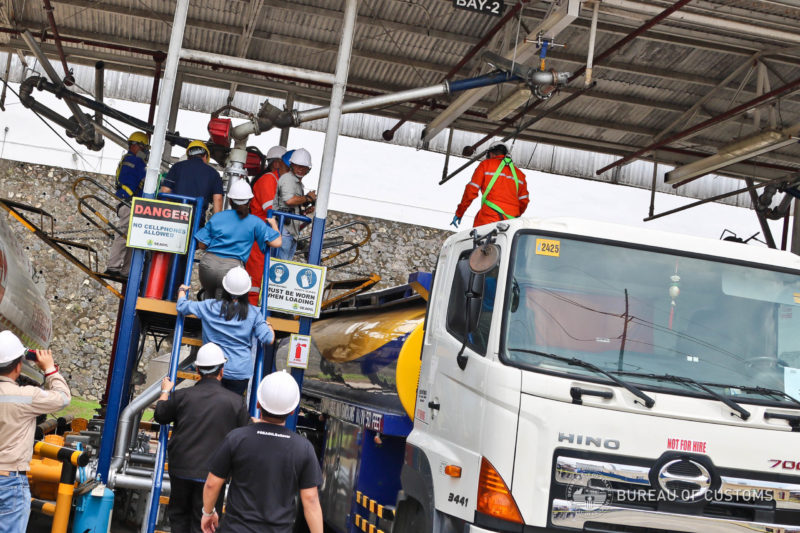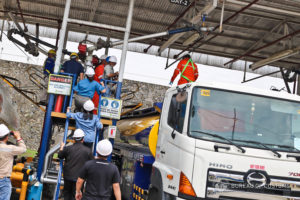

The Philippine government took in P91.7 billion in import duties from its fuel marking program over an 11-month period from September 2019, according to the Department of Finance (DOF).
A total of 10.66 billion liters of oil products was marked over the period. DOF documents showed diesel represented 61.96% (6.610 billion liters) of the total volume marked, gasoline 37.55% (4.007 billion liters), and kerosene 0.49% (52.552 million liters).
About 75% of the total was marked in terminals and refineries in Luzon, 20% in Mindanao, and 5% in the Visayas.
Petron Corp. led the 20 participating oil companies, accounting for 23.59% or 2.517 billion liters of the total, followed by Pilipinas Shell Petroleum Corp. with 20.16% or 2.151 billion liters.
Unioil Petroleum Philippines Inc. had a 10.71% share or 1.143 billion liters of the total, followed by Chevron Philippines Inc. with 8.63% or 920.497 million liters, and Seaoil Philippines Inc. with 8.51% or 908.444 million liters.
The 15 other participating oil companies were ERA1 Petroleum Corp., Phoenix Petroleum Corporation, Oilink International Bataan, Insular Oil Corporation, Total Philippines/Filoil, Jetti Petroleum, Inc., PTT Philippines Corp., Marubeni Corporation, Micro Dragon Petroleum Corporation, Warbucks Industries Corp., High Glory Subic International Logistics, Golden Share Commerce and Trading, Inc., SL Gas, Jade Link Subic, Inc., and SL Harbor.
Marking of fuel products, whether imported or manufactured in the Philippines, becomes mandatory five years after the Tax Reform for Acceleration and Inclusion (TRAIN) law took effect January 2018.
The fuel marking program has two parts: fuel marking, which started in August 2019, and random field testing and confirmatory tests.




